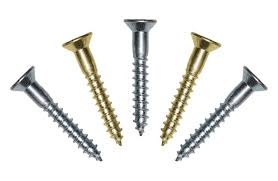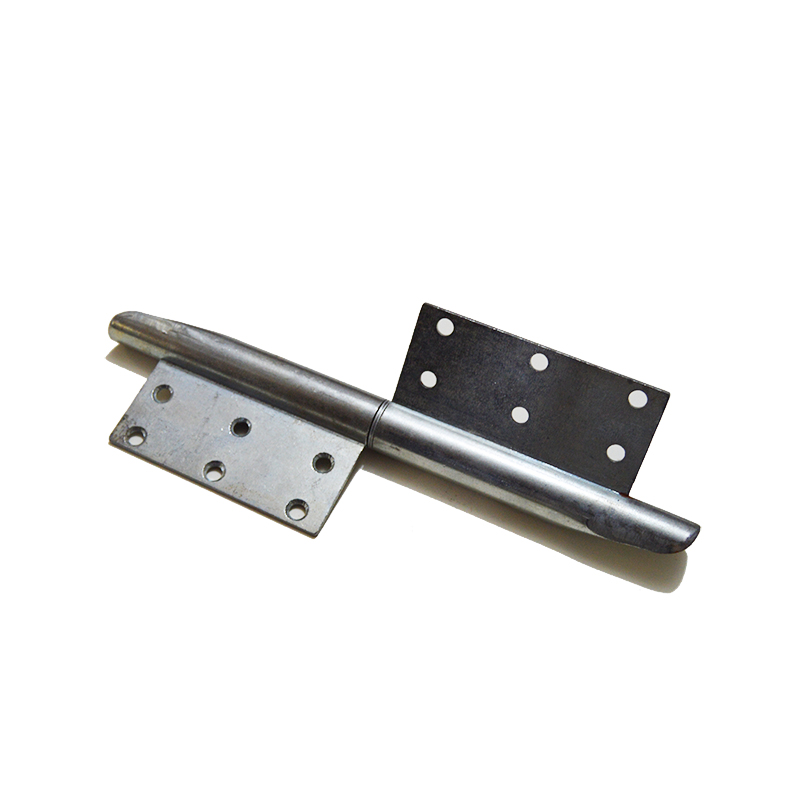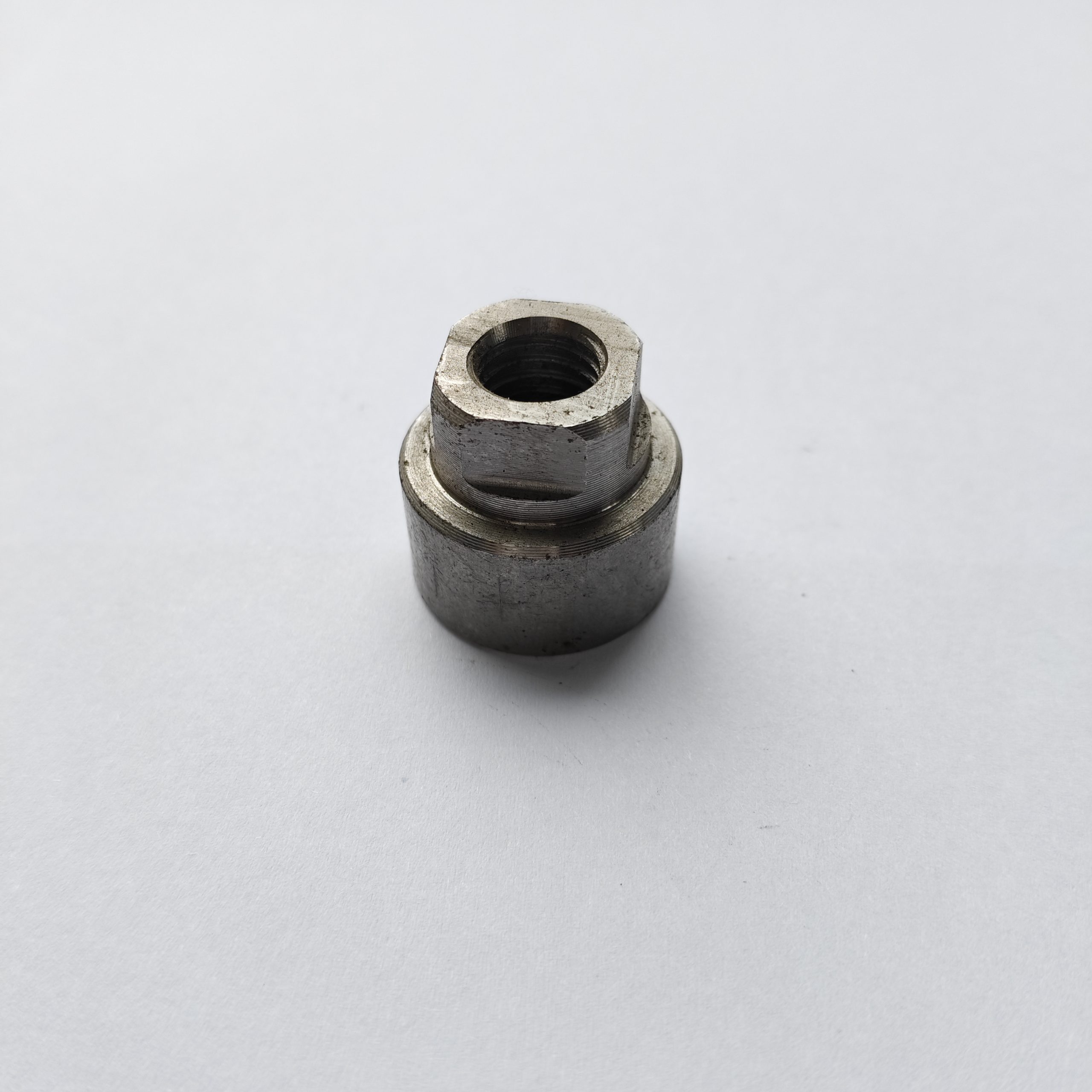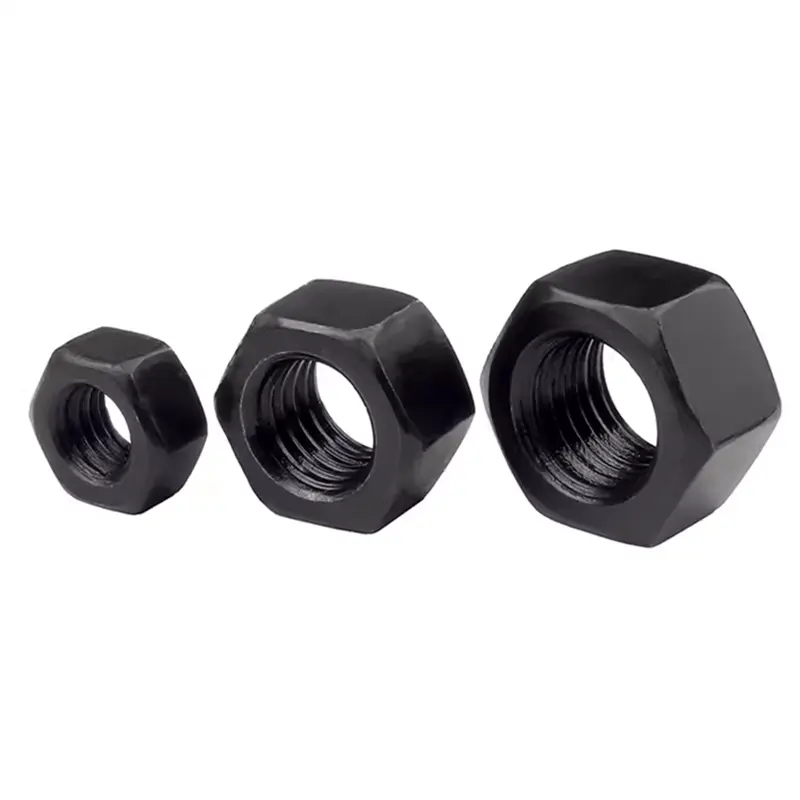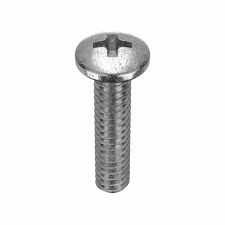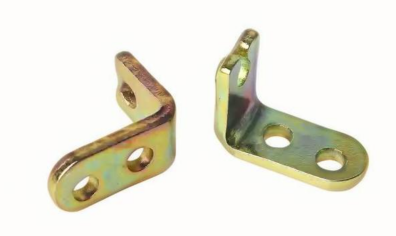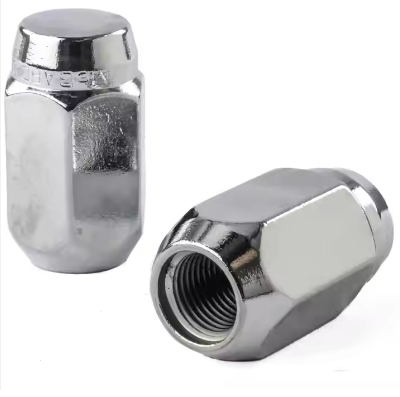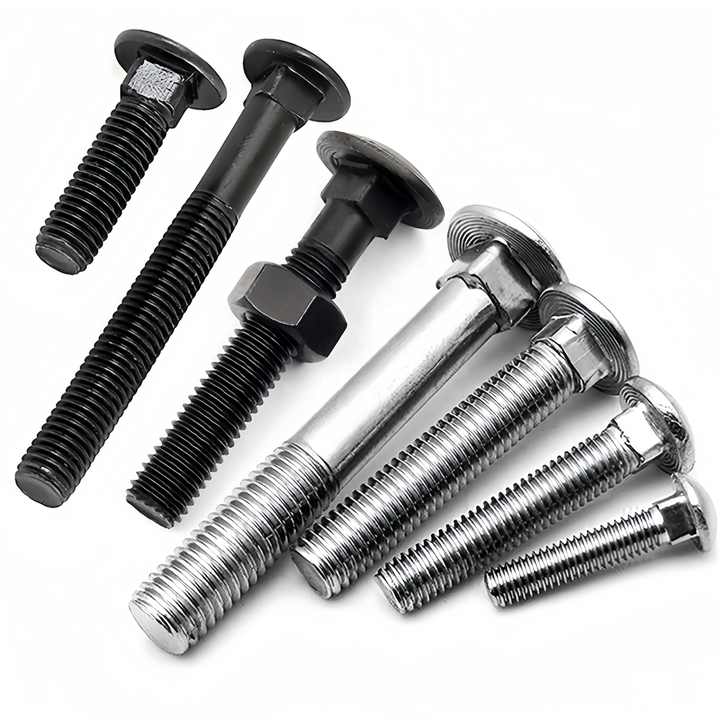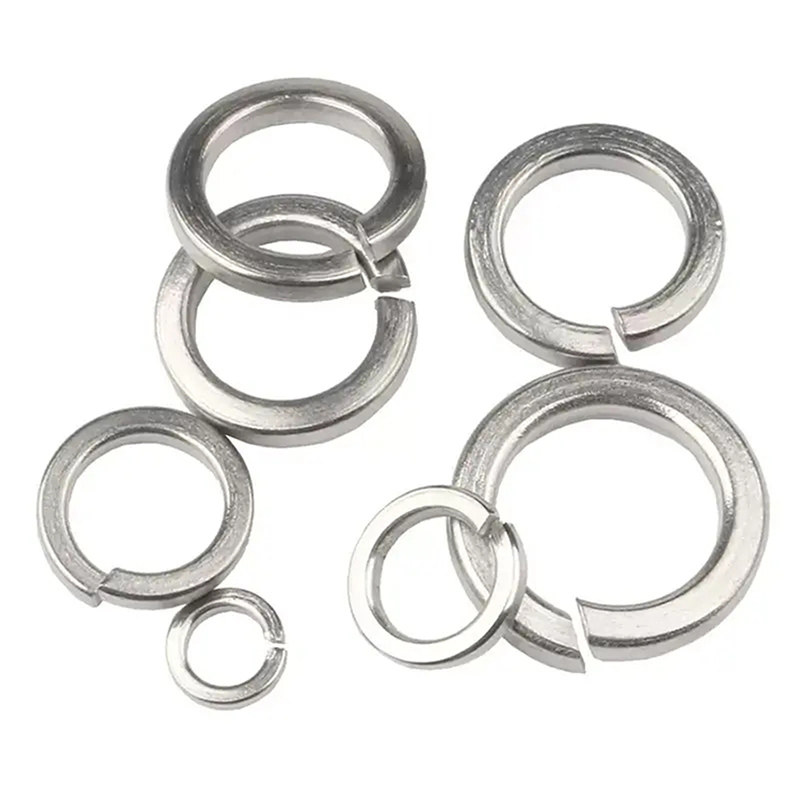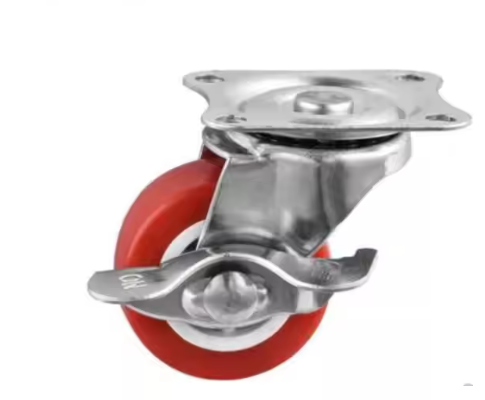Nutsert Installation: A Comprehensive GuideNutserts: The Ultimate Guide to Installation and ApplicationsThis guide provides a comprehensive overview of nutserts, covering their types, installation methods, applications, and best practices. We'll delve into the specifics of choosing the right nutsert for your project and ensuring a secure, reliable installation. Learn how to avoid common mistakes and achieve professional-quality results.
Understanding Nutserts
What are Nutserts?
Nutserts, also known as threaded inserts, are internally threaded fasteners that are installed into a pre-formed hole in a material, providing a strong and reliable threaded connection. Unlike standard nuts and bolts,
nutserts create a strong internal thread, eliminating the need for tapping the material. This is particularly beneficial for materials that are difficult or impossible to tap, such as thin sheet metal or plastics.
Types of Nutserts
Several types of
nutserts exist, each designed for specific applications and materials. Common types include: Blind Nutserts: These
nutserts are installed from one side of the material, making them ideal for situations where access to the opposite side is limited. Weld Nutserts: These are welded into place, providing an exceptionally strong and permanent connection. Clinch Nutserts: Installed using a specialized tool that deforms the
nutsert to secure it within the material, making them ideal for thinner materials.
Materials
Nutserts are manufactured from various materials, including steel, aluminum, stainless steel, and brass. The choice of material depends on the application's requirements for corrosion resistance, strength, and weight. Stainless steel
nutserts, for example, are excellent for outdoor or corrosive environments.
Nutsert Installation Methods
Tools and Equipment
Proper tools are crucial for successful
nutsert installation. These usually include:
Nutsert Installation Tool: This tool is used to install the
nutsert. Different types of
nutserts require specific installation tools.
Drill Bit: The correct drill bit size is crucial for ensuring a proper fit for the
nutsert.
Countersink Bit (if necessary): Depending on the
nutsert type, a countersink bit may be needed to create a countersunk hole for a flush or slightly recessed installation.
Step-by-Step Installation
1. Drill the hole: Use the correct size drill bit to create a hole in the material. Precise hole sizing is critical for proper installation and to prevent damage to the material.2. Install the nutsert: Place the
nutsert into the hole and insert the installation tool.3. Operate the tool: The installation tool uses force (mechanical or hydraulic) to expand the
nutsert and securely lock it into place. Refer to the tool's instructions for specifics.4. Verify the installation: Check that the
nutsert is securely installed and the threads are intact.
Applications of Nutserts
Nutserts find widespread use in various industries, including automotive, aerospace, electronics, and furniture manufacturing. They're ideal for applications where: A strong, reliable threaded connection is required in thin materials. Access to both sides of the material is limited. A permanent or semi-permanent connection is needed.Specific applications include attaching brackets, hinges, panels, and other components.
Choosing the Right Nutsert
The selection of the right
nutsert depends on several factors, including the material being fastened, the required load-bearing capacity, the desired installation method, and the overall application. Consult with technical specialists or refer to manufacturer specifications to determine the appropriate
nutsert for your specific needs. For specialized applications or high-volume projects, Hebei Dewell Metal Products Co., LTD (https://www.deweLLfastener.com/) offers a wide range of high-quality
nutserts.
Troubleshooting
Common issues during
nutsert installation include improper hole size, incorrect tool usage, and material damage. Addressing these promptly is important. Refer to the manufacturer's instructions for the installation tool and
nutsert for details.
Conclusion
Nutserts offer a superior solution for creating strong, reliable threaded connections in various materials. By understanding the different types, installation methods, and applications, you can ensure successful projects and optimal results. Remember to always prioritize safety and use the appropriate tools and techniques.
| Nutsert Type | Material | Application |
| Blind Nutsert | Stainless Steel | Automotive Panels |
| Weld Nutsert | Steel | Heavy Duty Equipment |
| Clinch Nutsert | Aluminum | Electronics Enclosures |
Disclaimer: This information is for general guidance only. Always refer to the manufacturer's instructions for specific details and safety precautions related to the use of nutserts and installation tools.
Sources: (Add relevant manufacturer websites and technical specifications here with rel=nofollow attribute)



